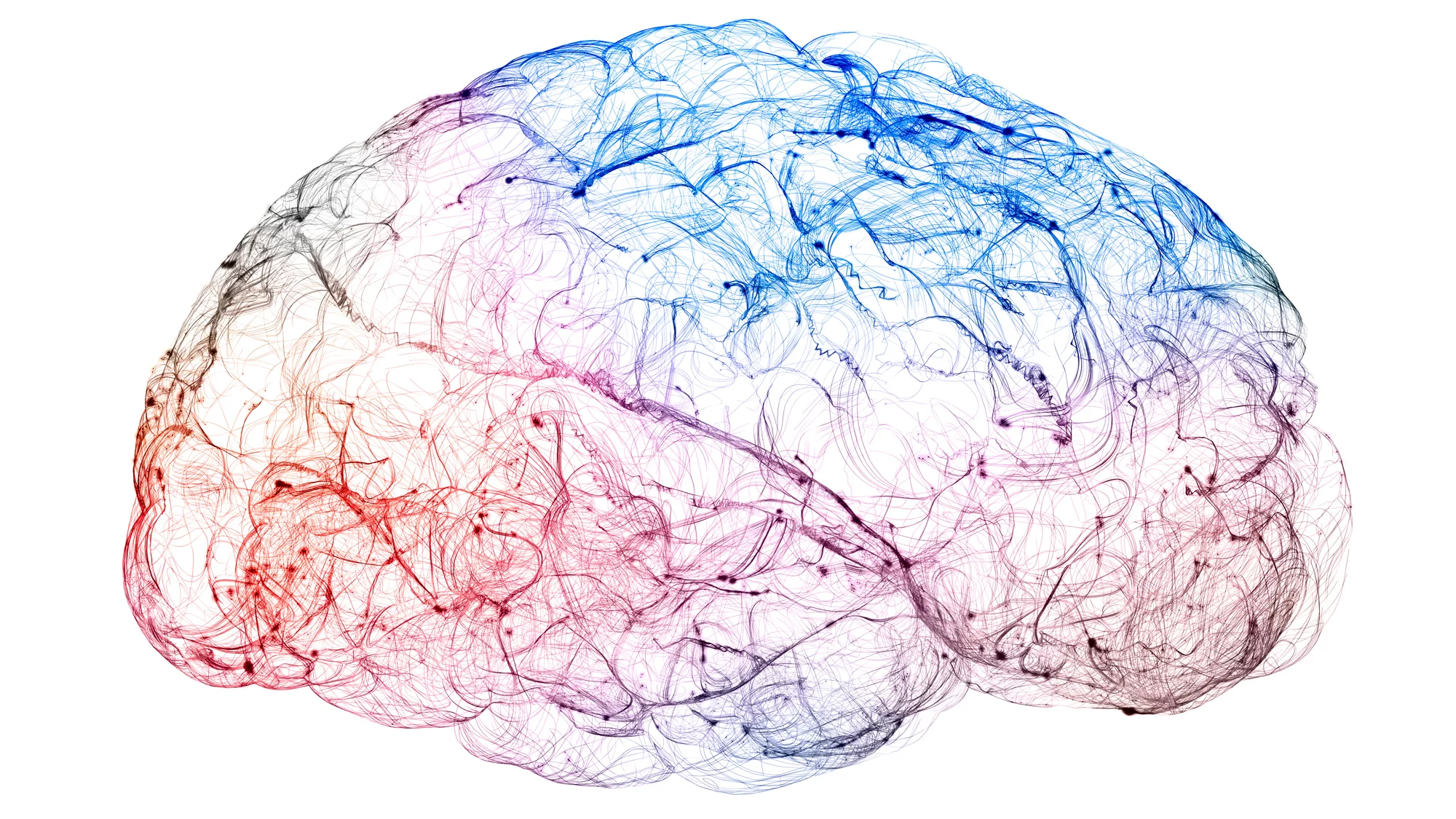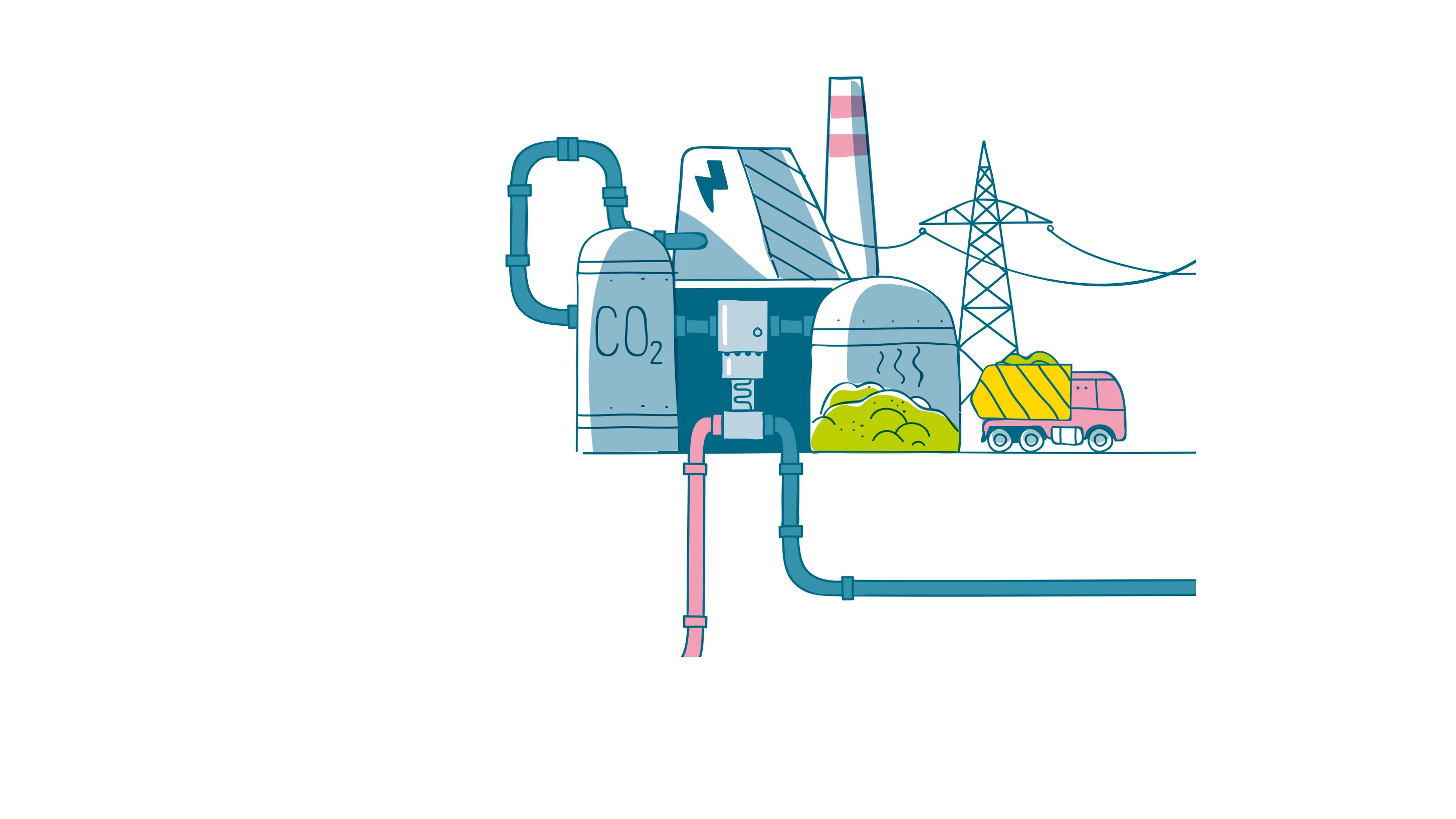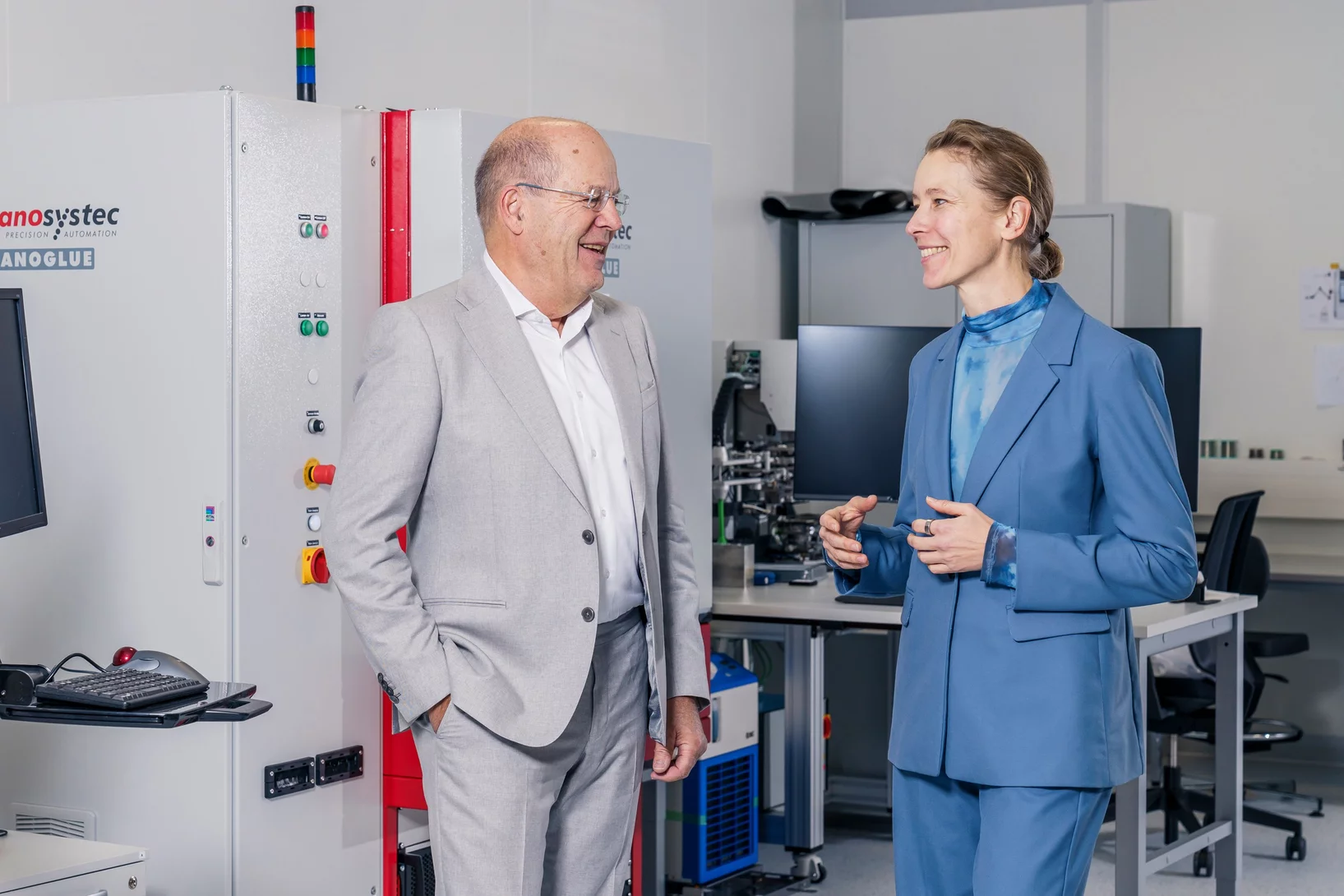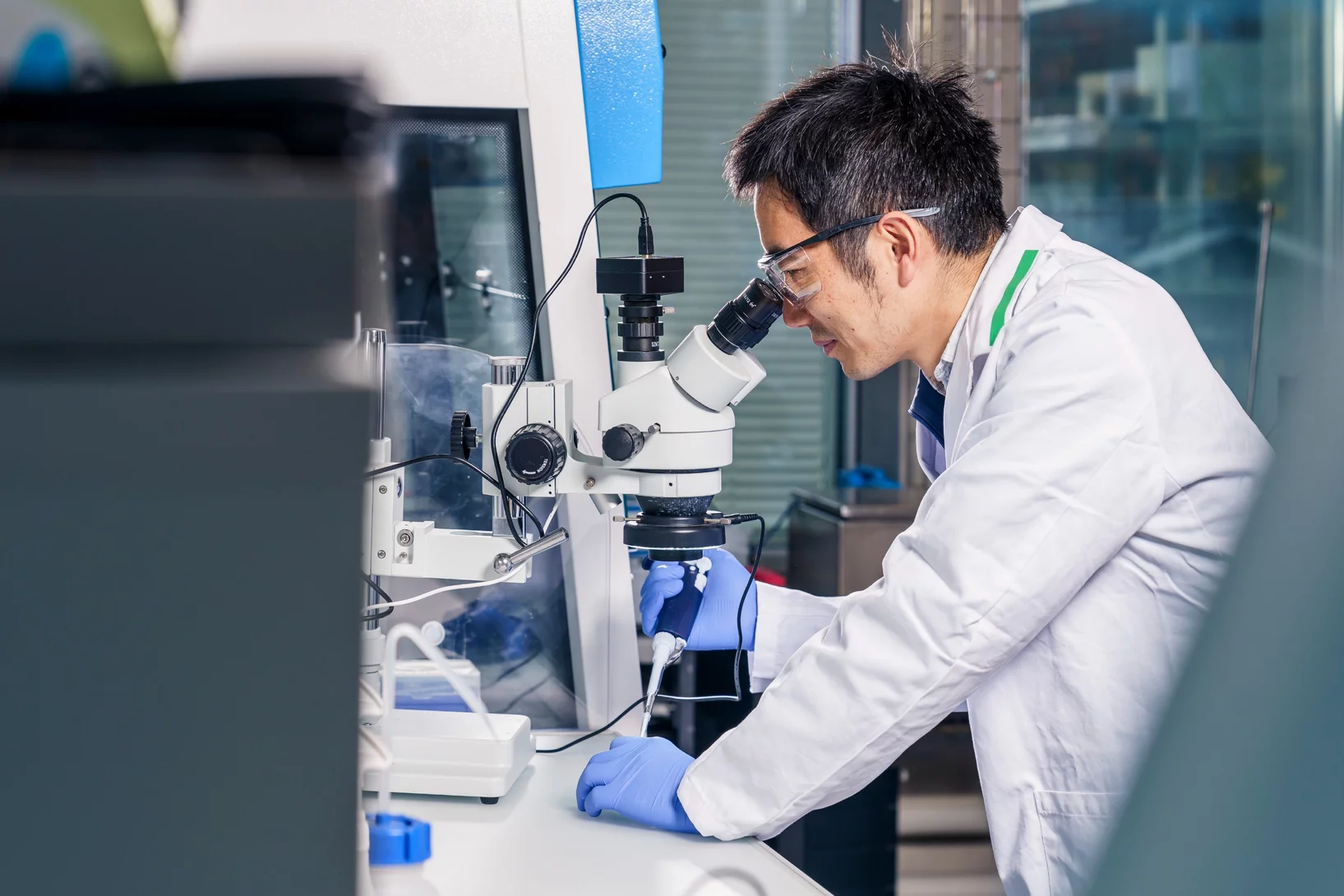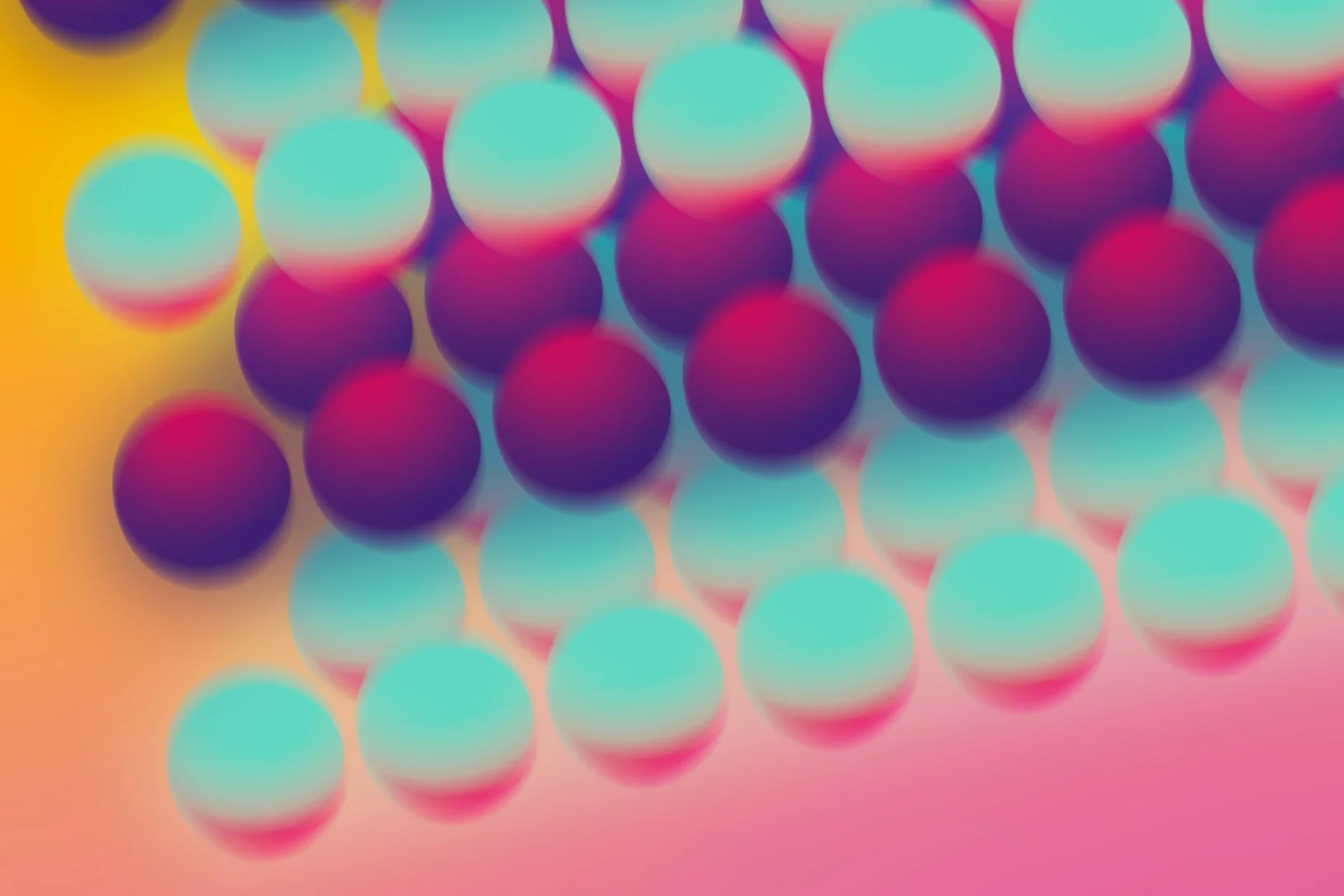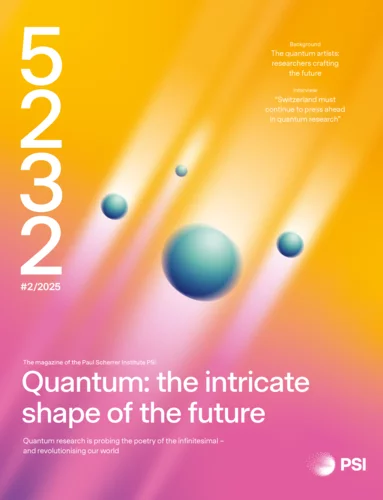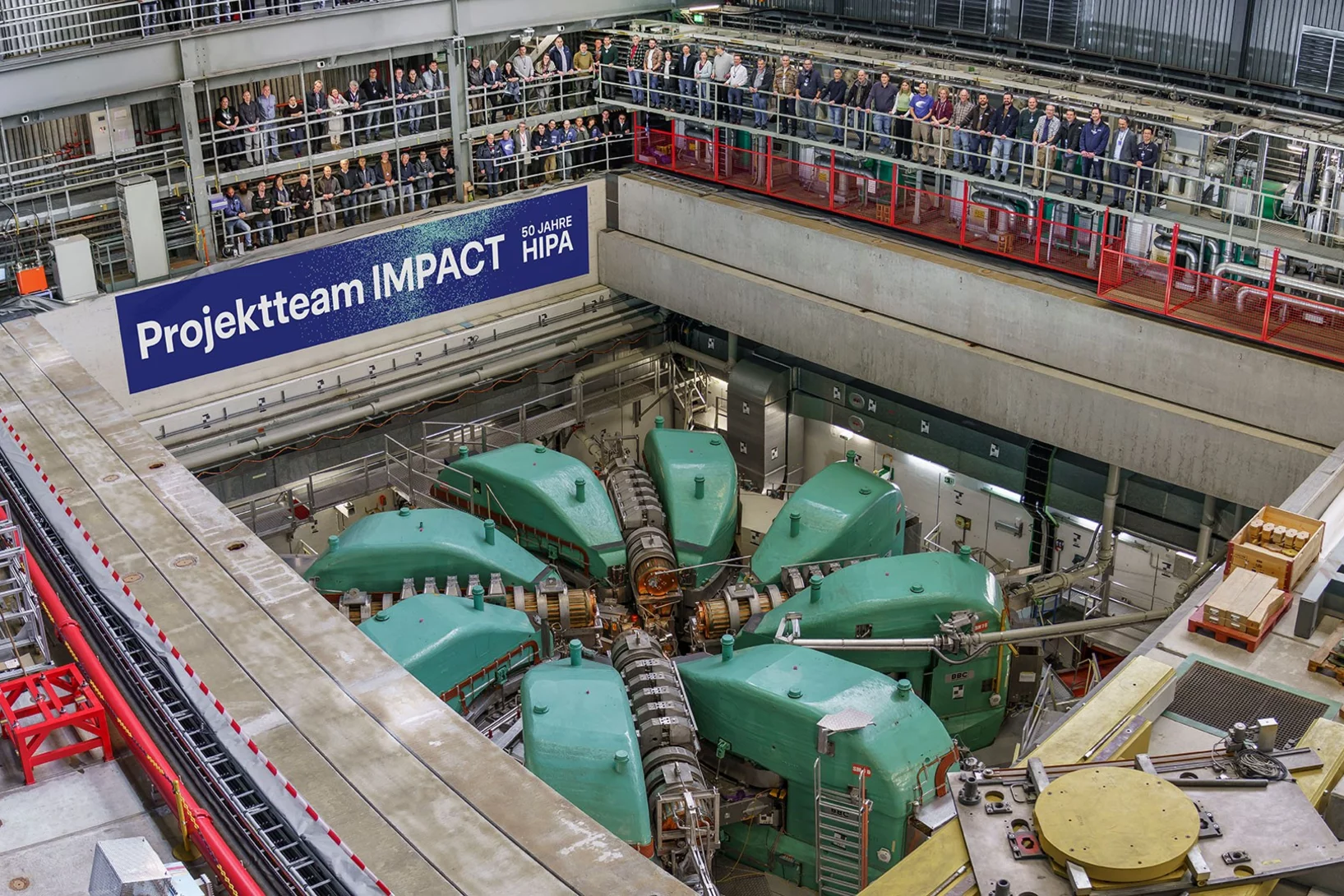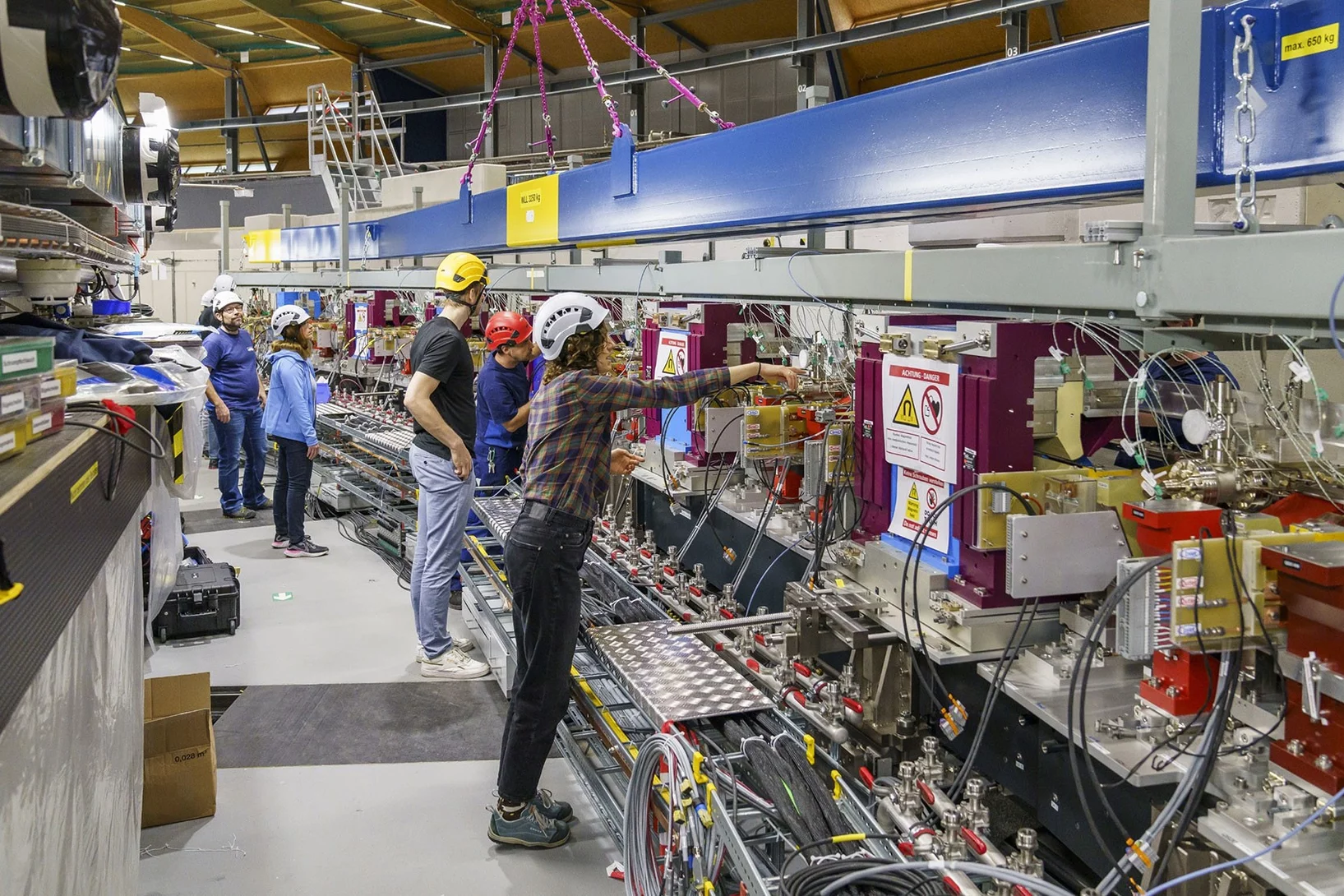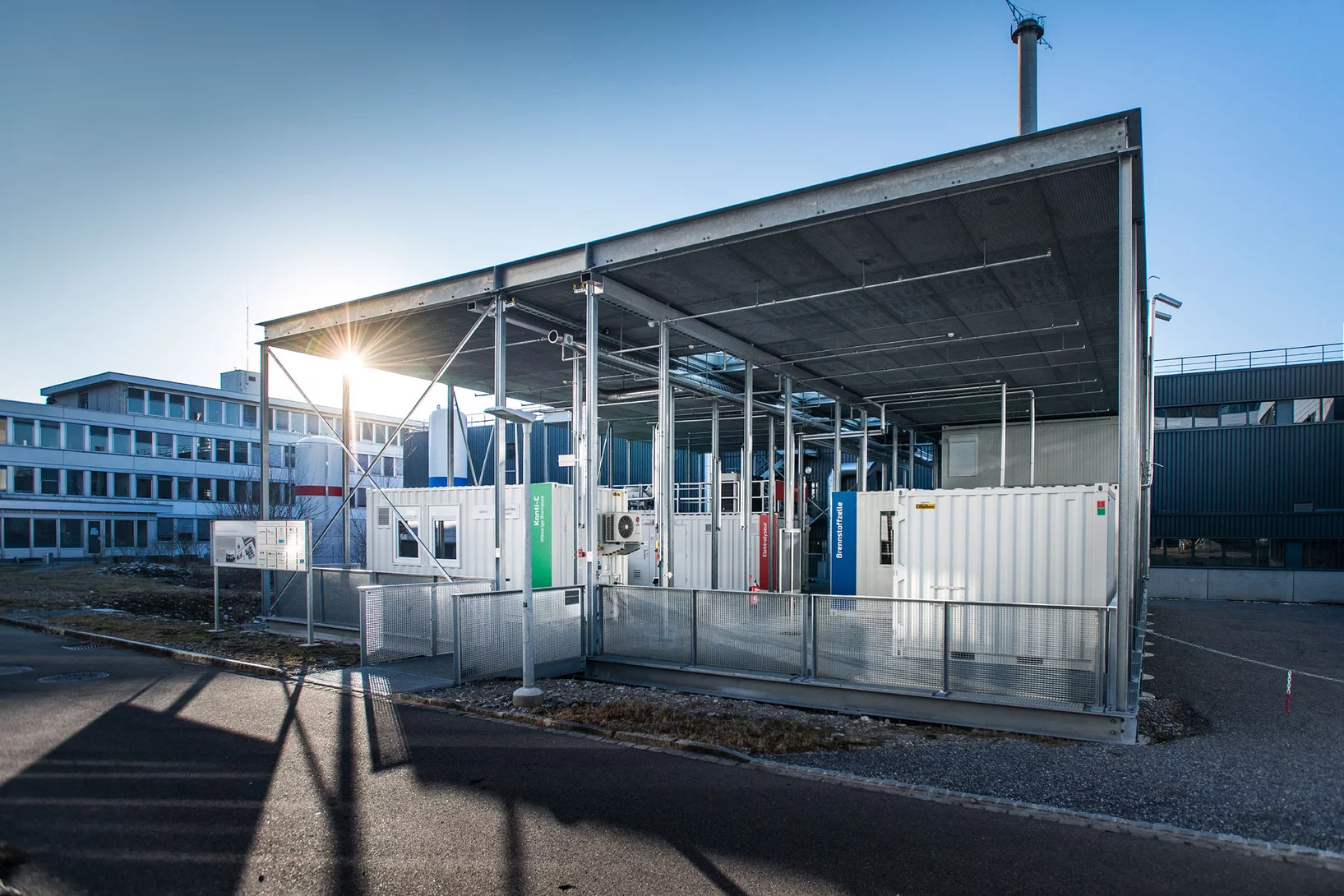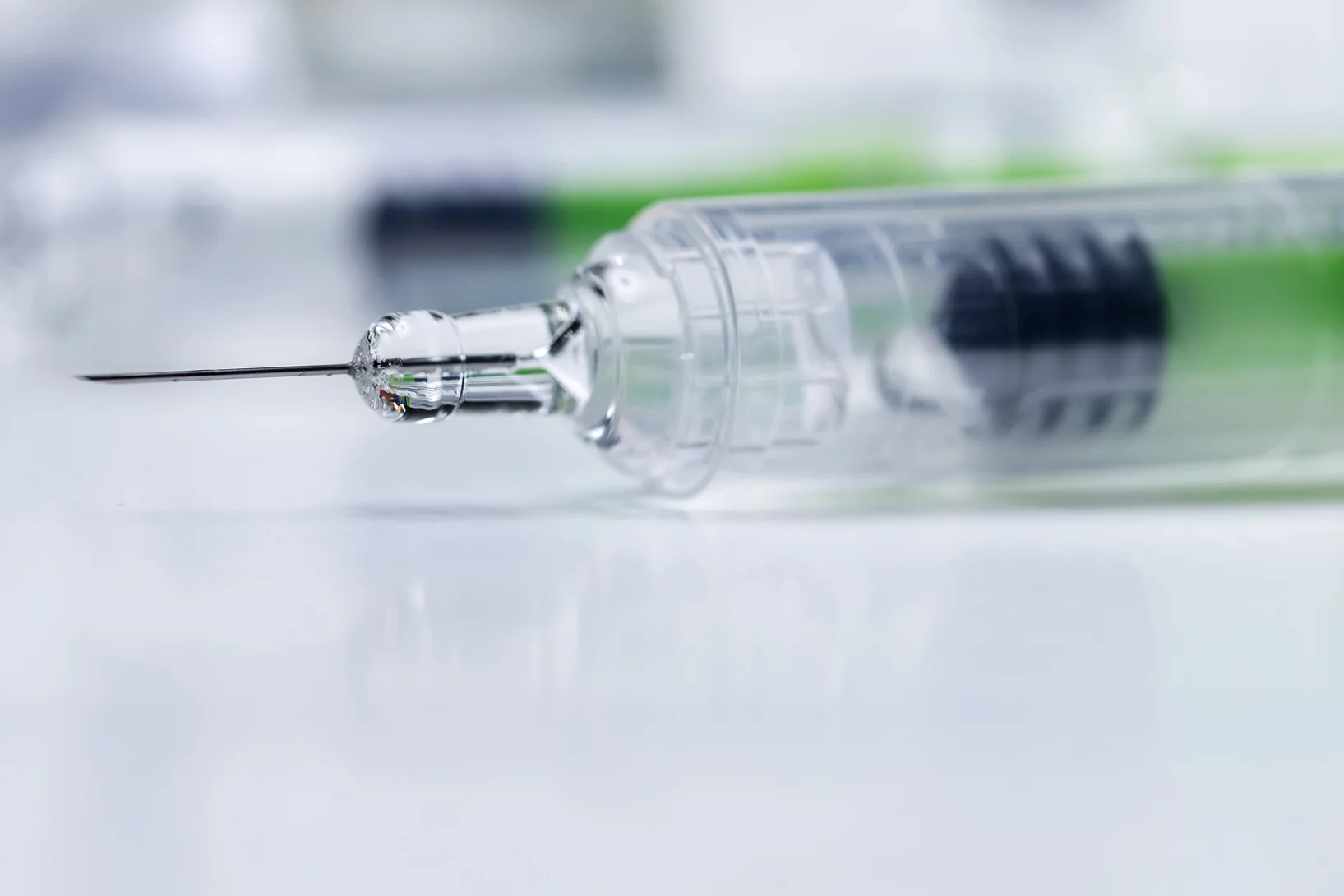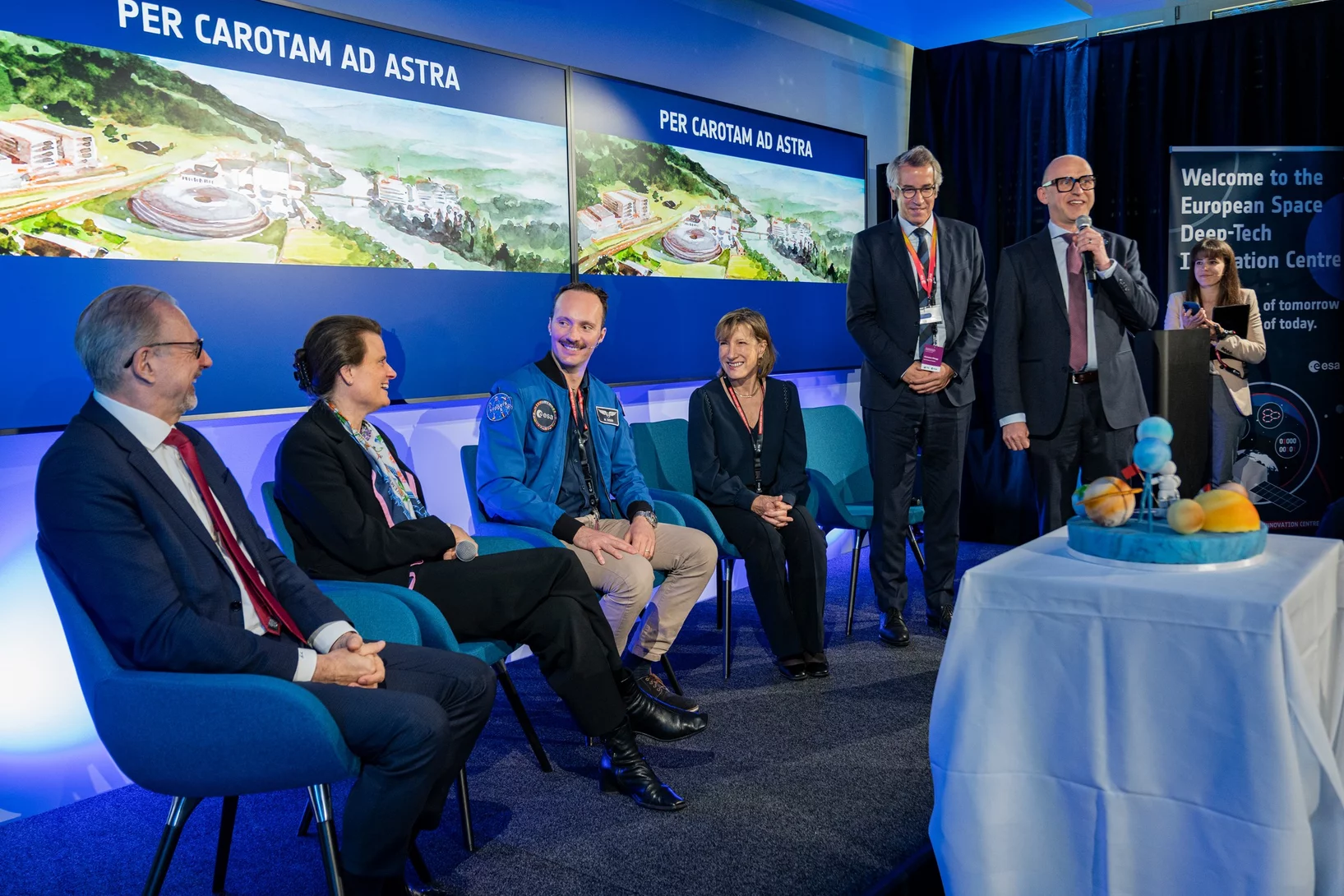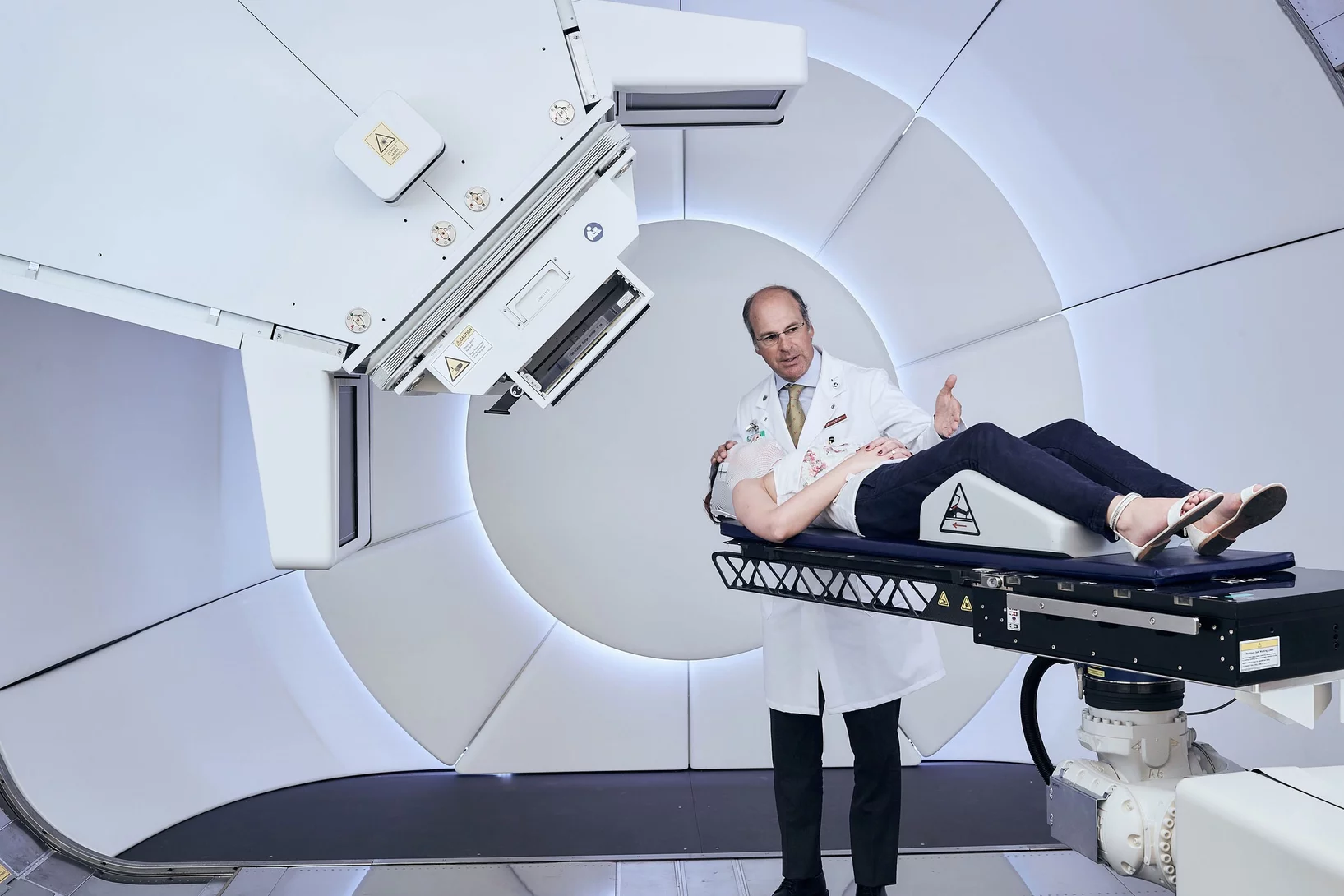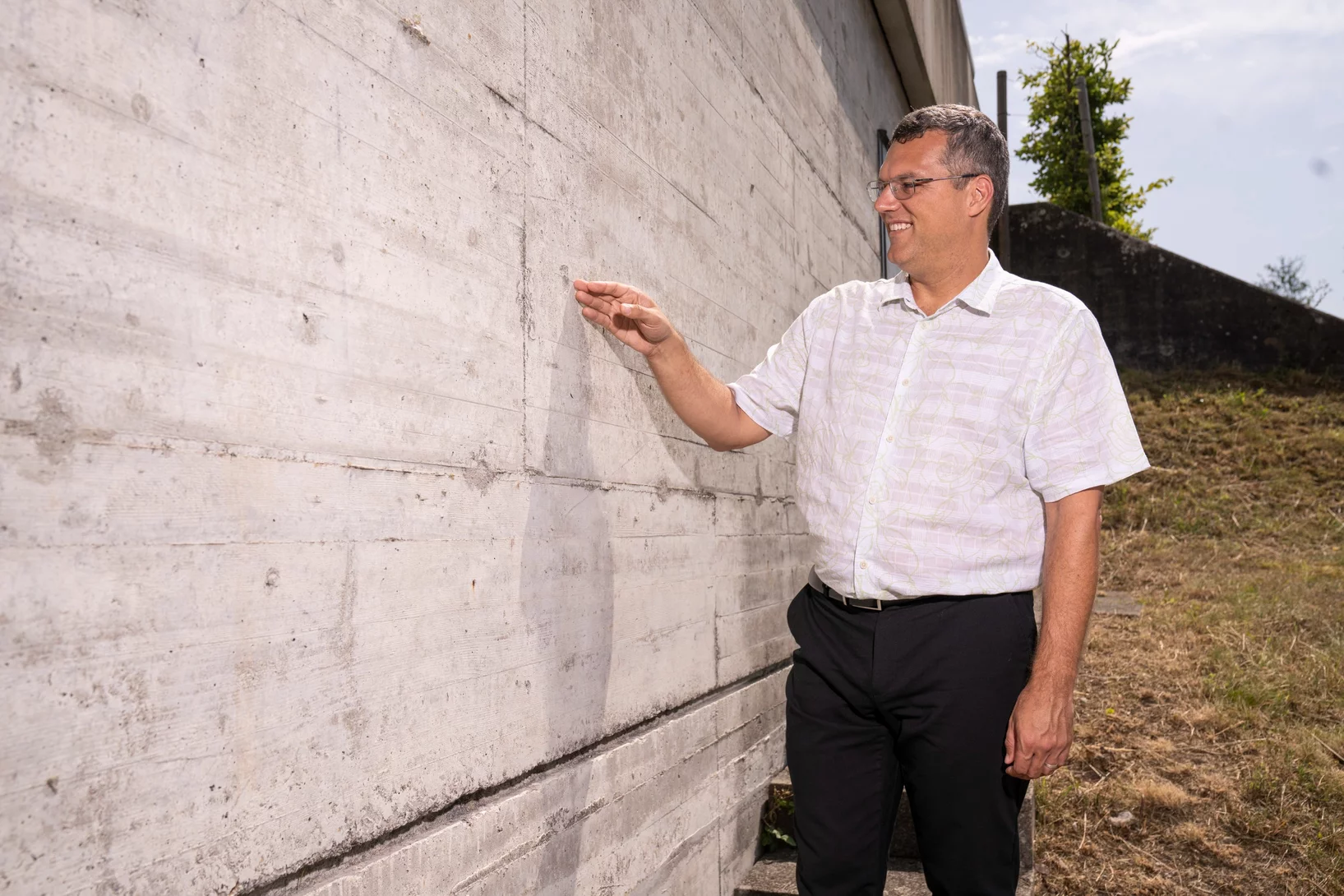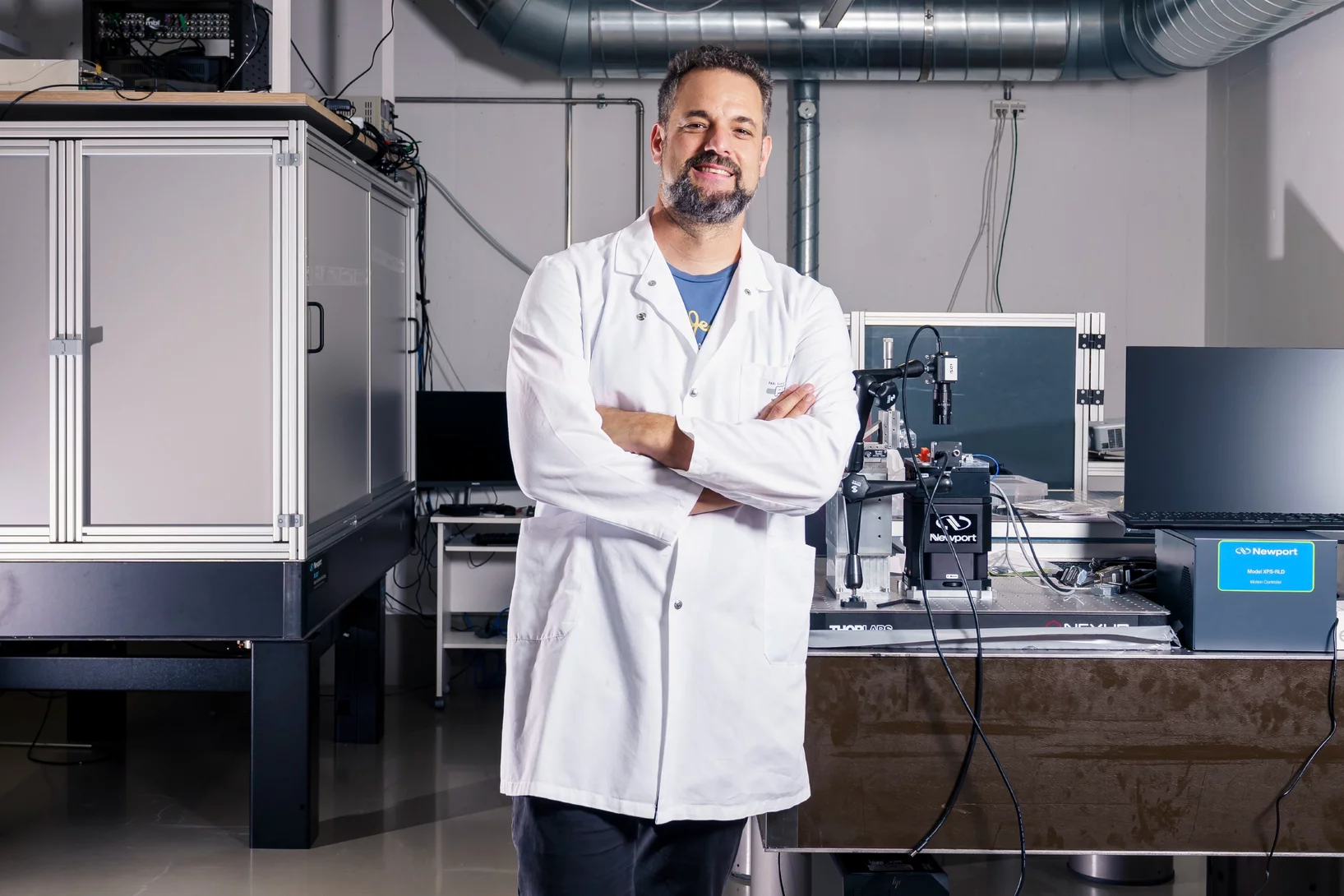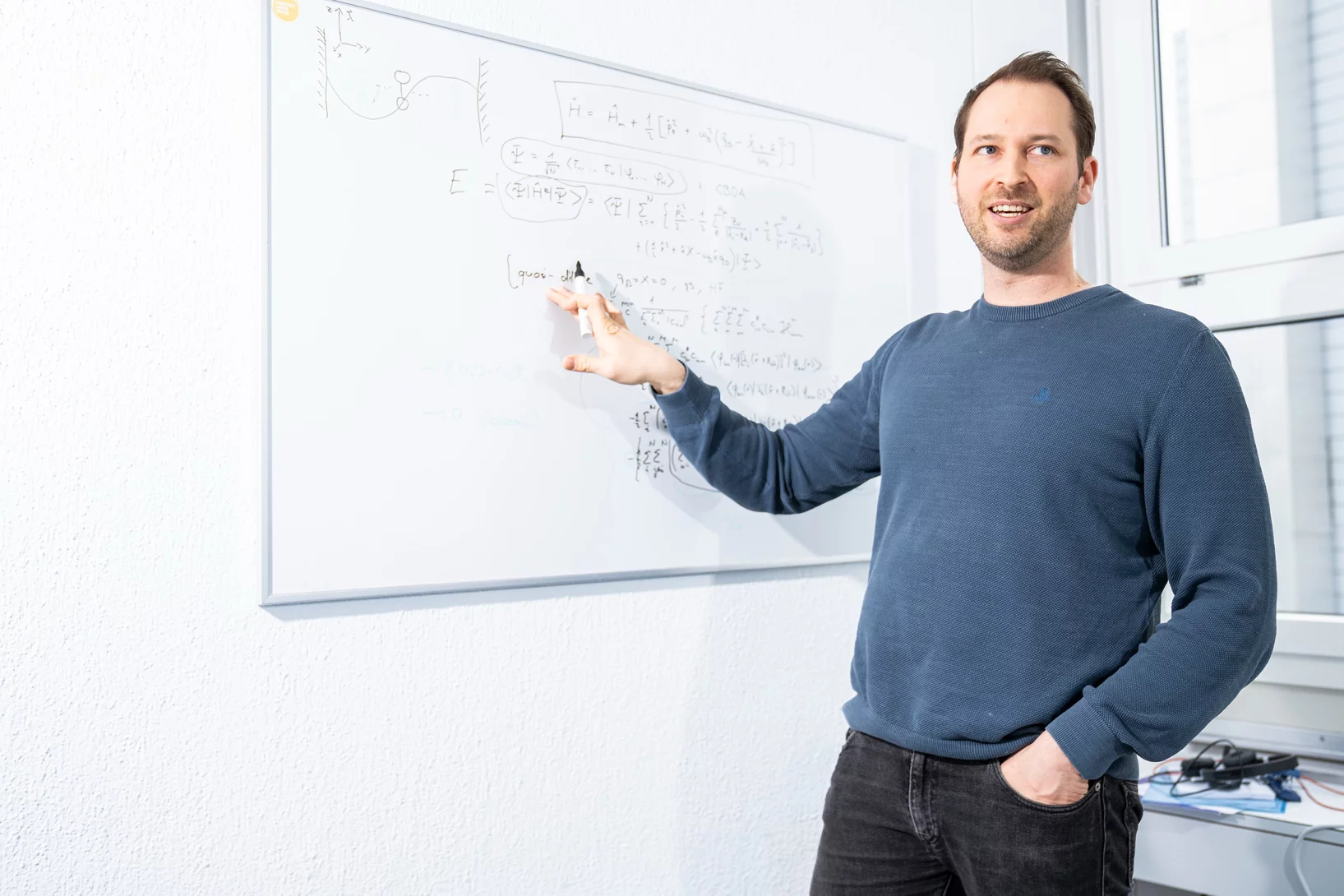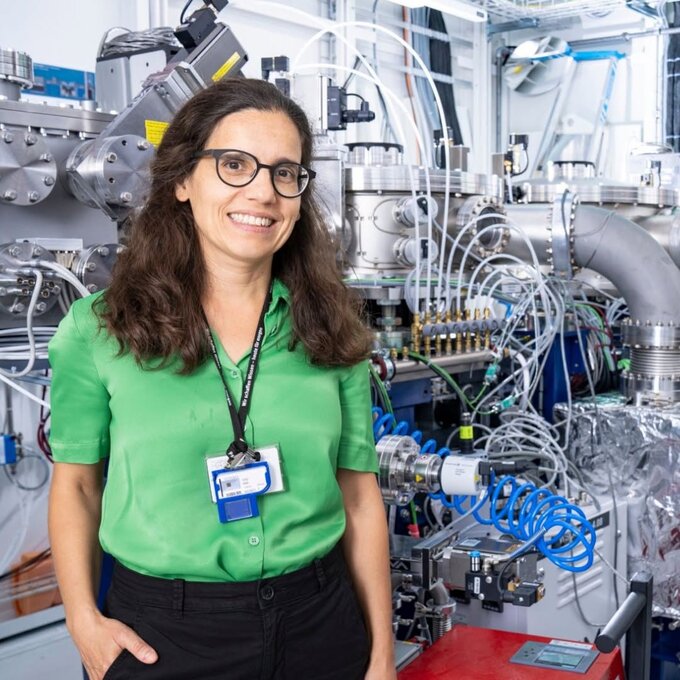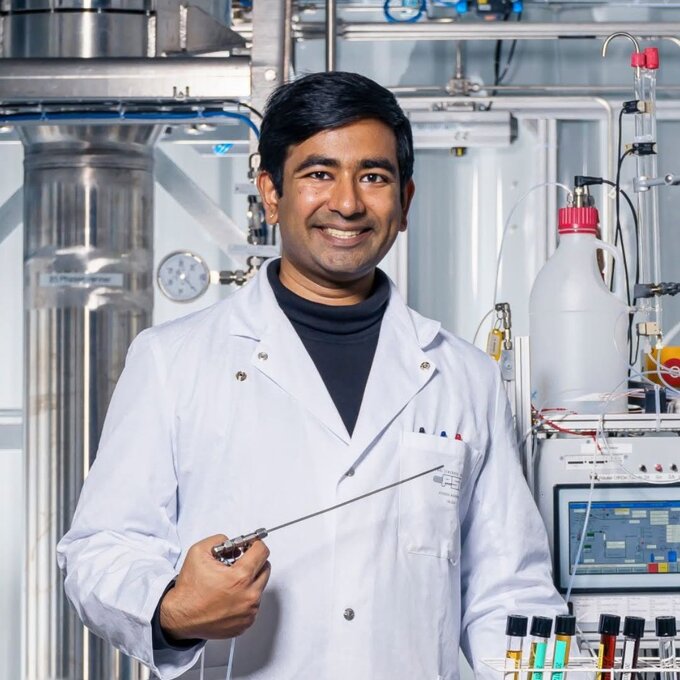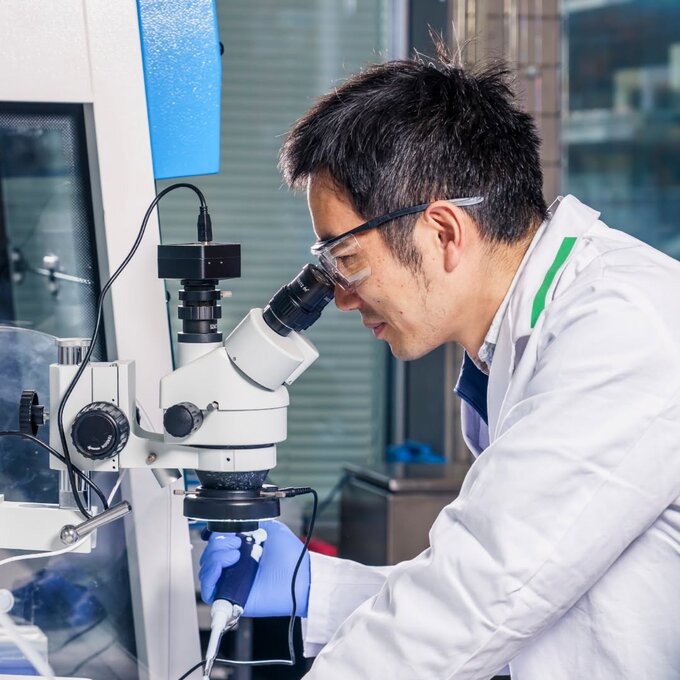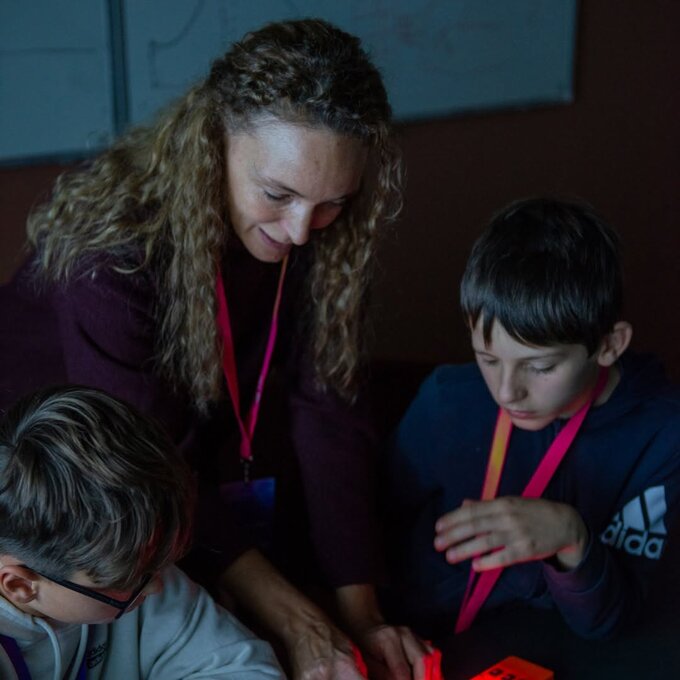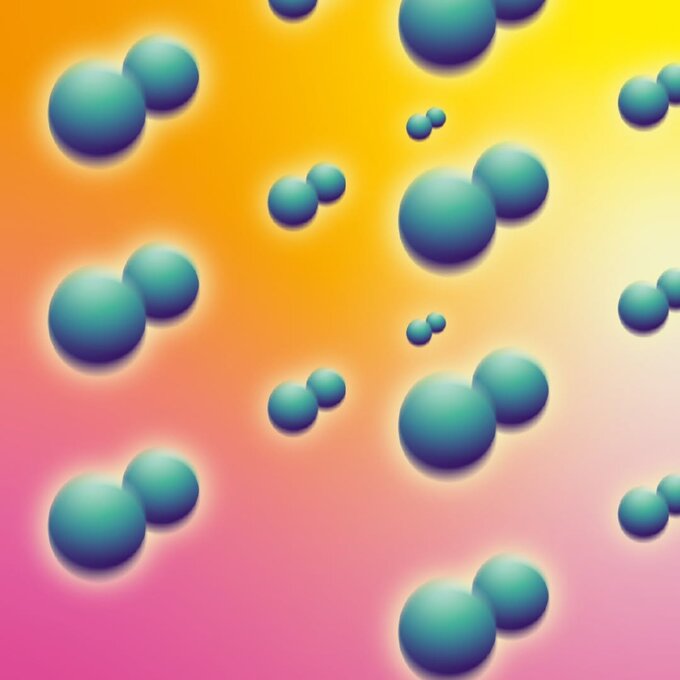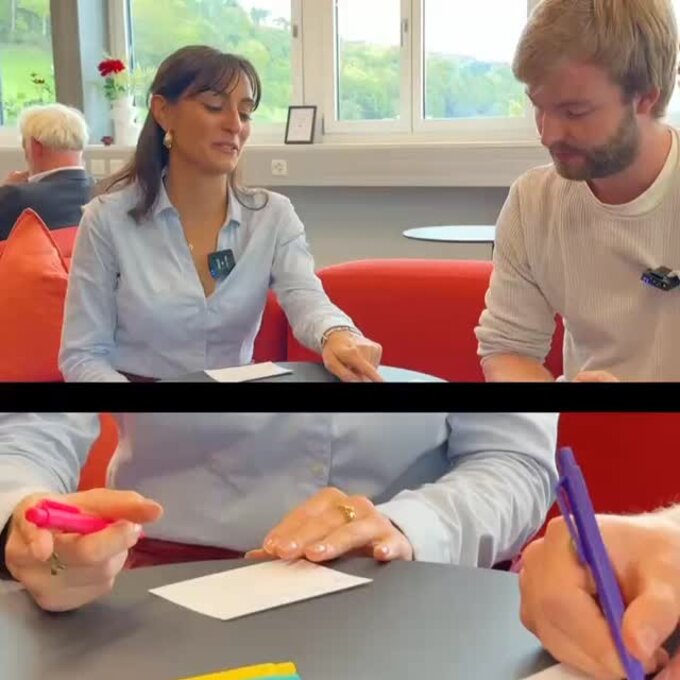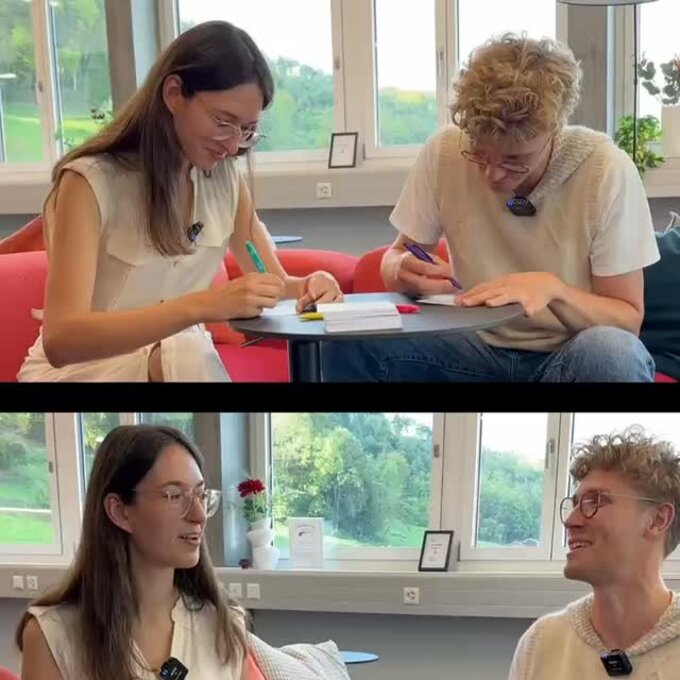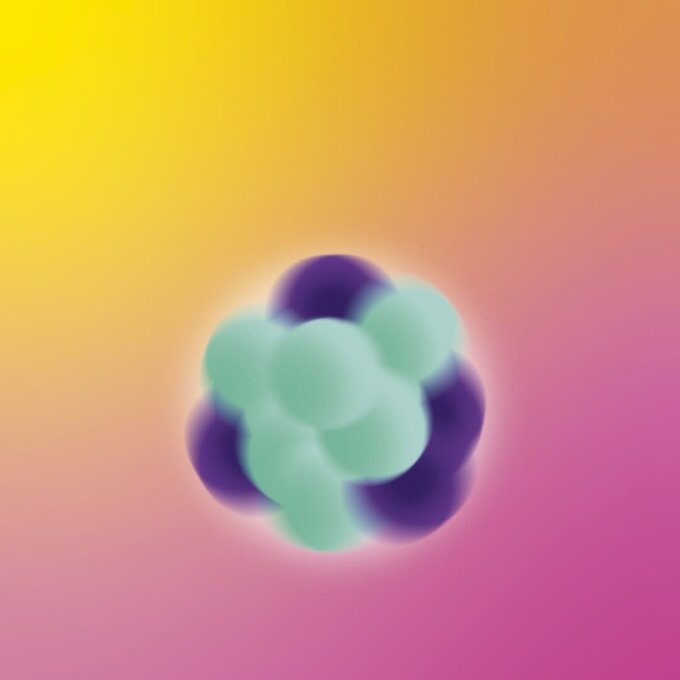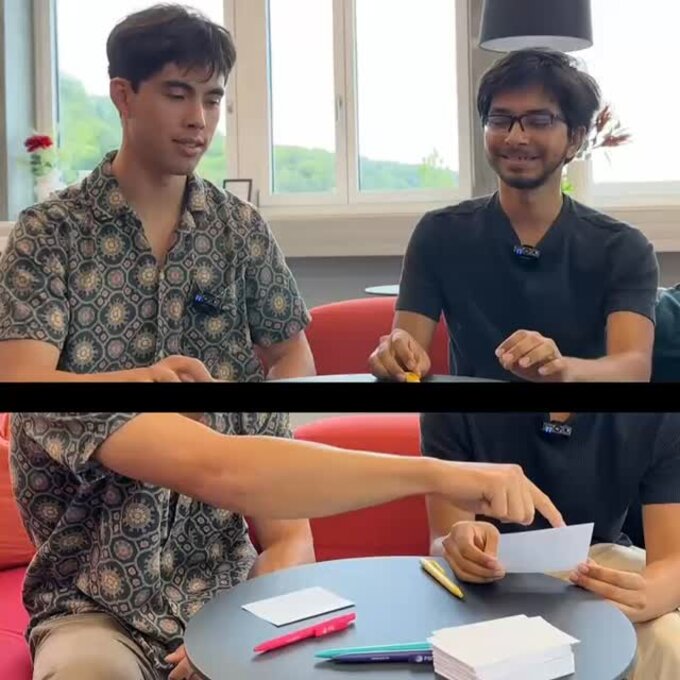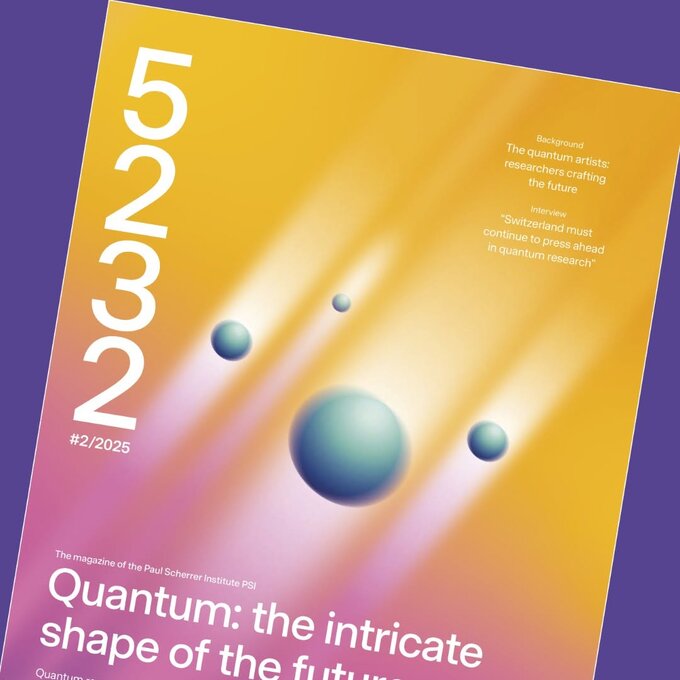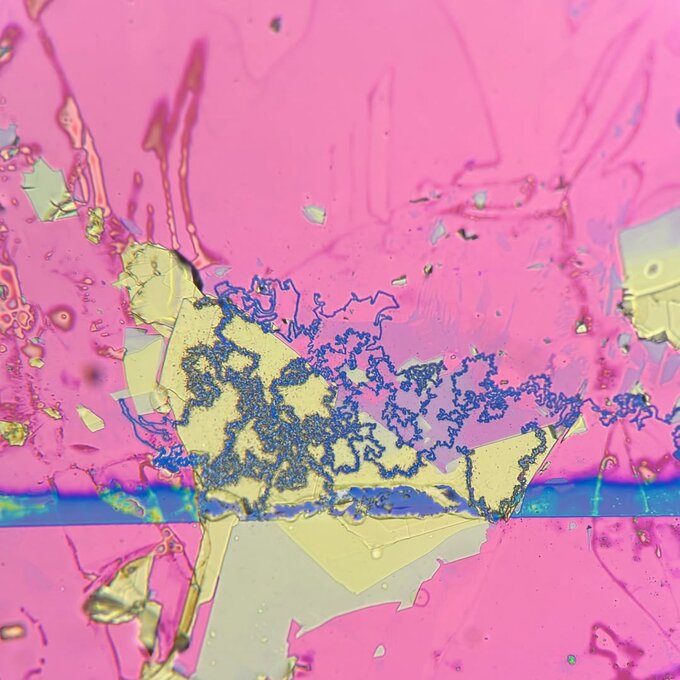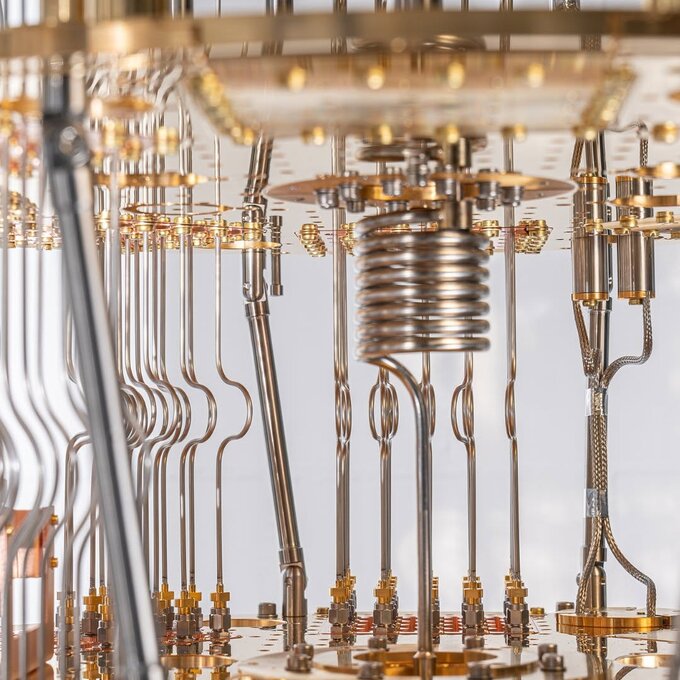Welcome to PSI, the largest research institute for natural and engineering sciences in Switzerland.
Recent highlights from our research
Show filters
Swiss PIC technology transfer centre is inaugurated
Jointly founded by scientific and industrial partners with PSI researchers: the Swiss Photonics Integration Center celebrated its inauguration on 24 November 2025.
How the cheese-pasta principle could help counter Alzheimer's
PSI researchers have discovered cellular mechanisms that could help to mitigate diseases such as Alzheimer's and Parkinson's.
Atoms under pressure
Zurab Guguchia puts pressure on matter – and in doing so, creates exciting quantum effects such as superconductivity at more easily achievable temperatures.
Topic cloud
Current upgrade projects and research initiatives
Together with industry to innovation
Advancing nuclear technologies
NUKEM and Paul Scherrer Institute Sign Memorandum of Understanding to Advance Nuclear Research and Collaboration.
Zinc detected in clogged syringes
With the help of researchers at PSI, ANAXAM has been investigating, on behalf of the pharmaceutical company MSD, whether zinc may contribute to clogging of pre-filled syringes.
ESA Centre of Excellence opens in Switzerland
The opening ceremony of the “European Space Deep-Tech Innovation Centre” ESDI brought together distinguished guests.
The people at PSI
PSI’s cement whisperer
John Provis has dedicated his research career to a building material that is far more exciting than you might think.
Creating circuit diagrams of the brain
Adrian Wanner aims to map the brain’s architecture. Doing this will allow us to better understand neurodegenerative diseases like Alzheimer’s.
With pad, pencil, and algorithms
Physicist Dominik Sidler is developing fundamental theories for previously inexplicable phenomena.





